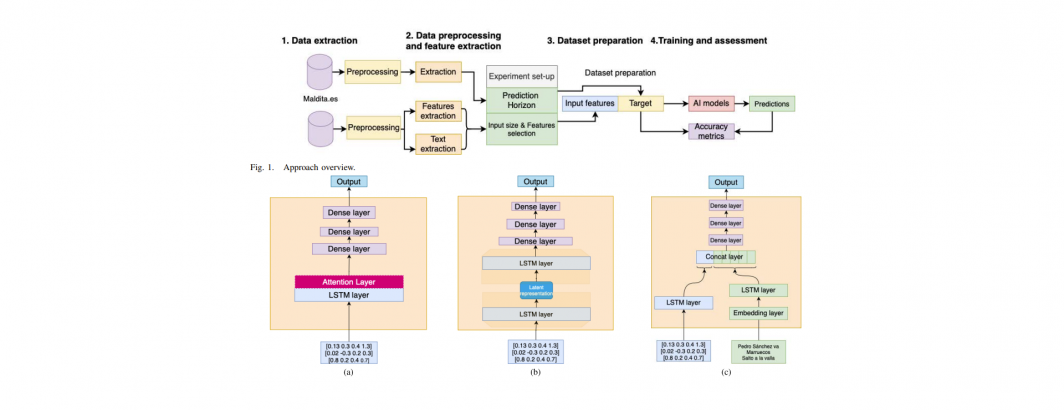
The growing amount of news shared on the Internet makes it hard to verify them in real-time. Malicious actors take advantage of this situation by spreading fake news to impact society through misinformation. An estimation of future fake news would help to focus the detection and verification efforts. Unfortunately, no previous work has addressed this issue yet. Therefore, this work measures the feasibility of predicting the volume of future fake news in a particular context—Spanish contents related to Spain. The approach involves different artificial intelligence (AI) mechanisms on a dataset of 298k real news and 8.9k fake news in the period 2019–2022. Results show that very accurate predictions can be reached. In general words, the use of long short-term memory (LSTM) with attention mechanisms offers the best performance, being headlines useful when a small amount of days is taken as input. In the best cases, when predictions are made for periods, an error of 10.3% is made considering the mean of fake news. This error raises to 28.7% when predicting a single day in the future.